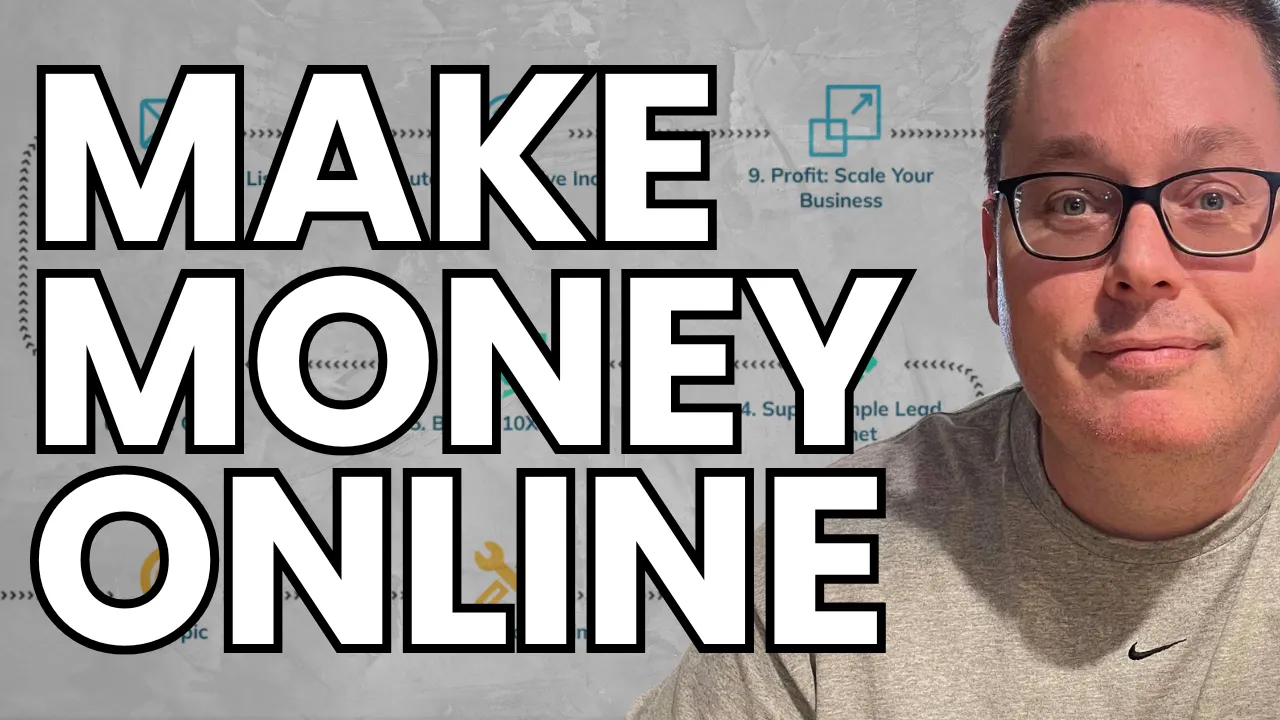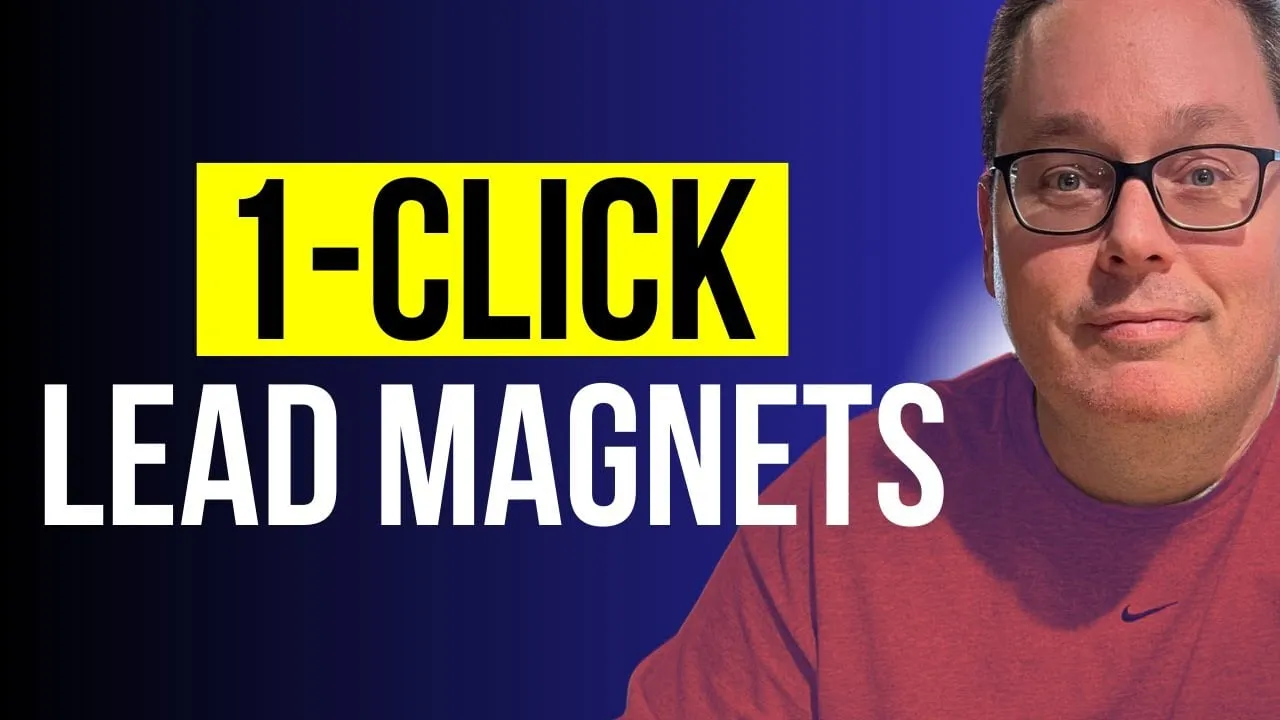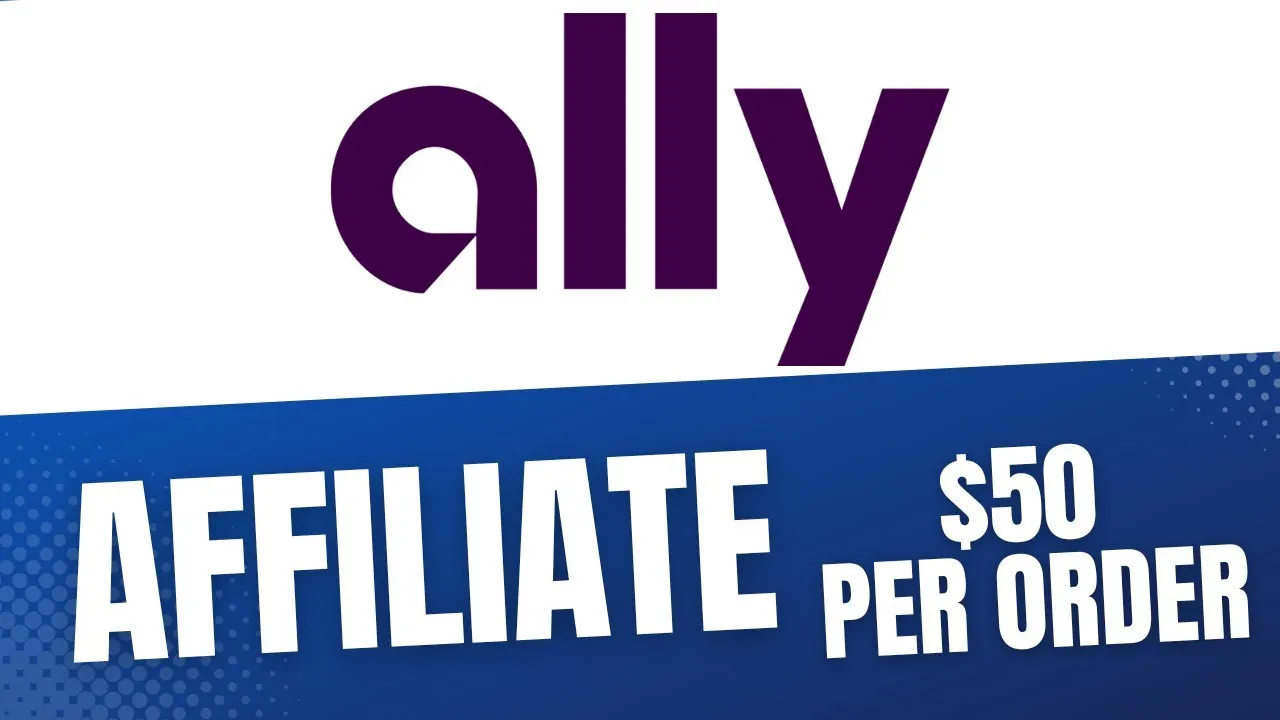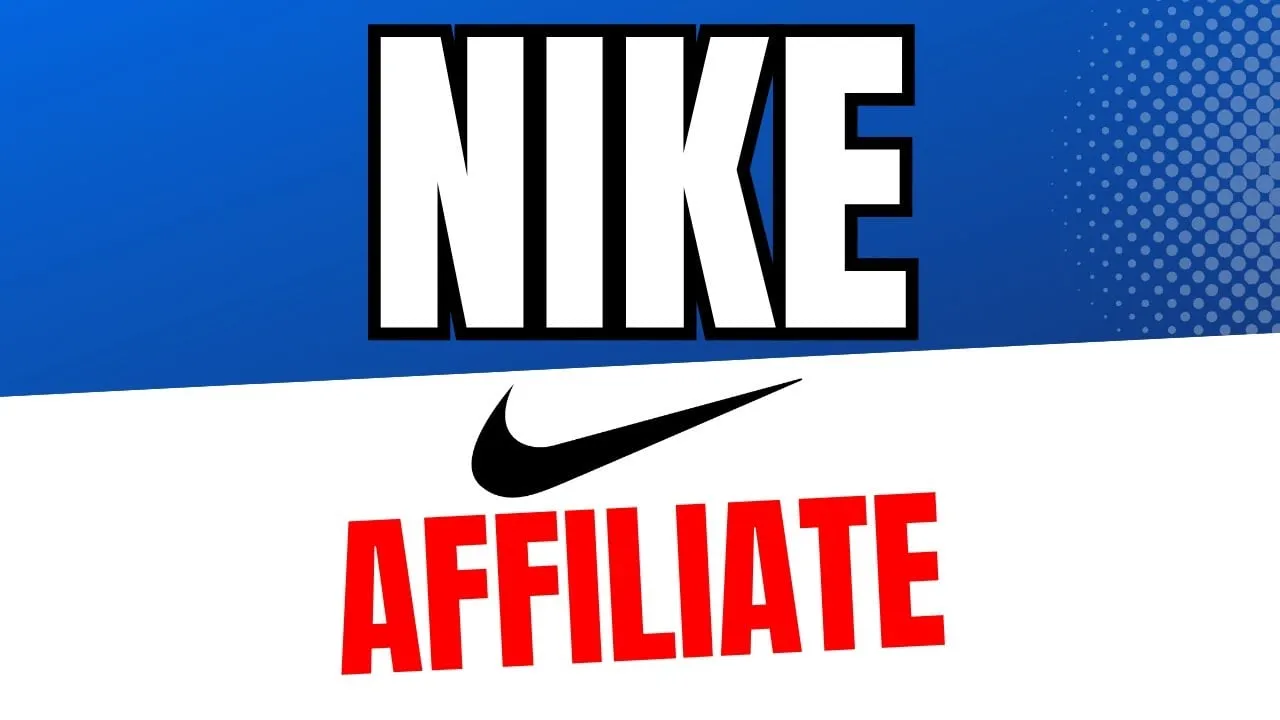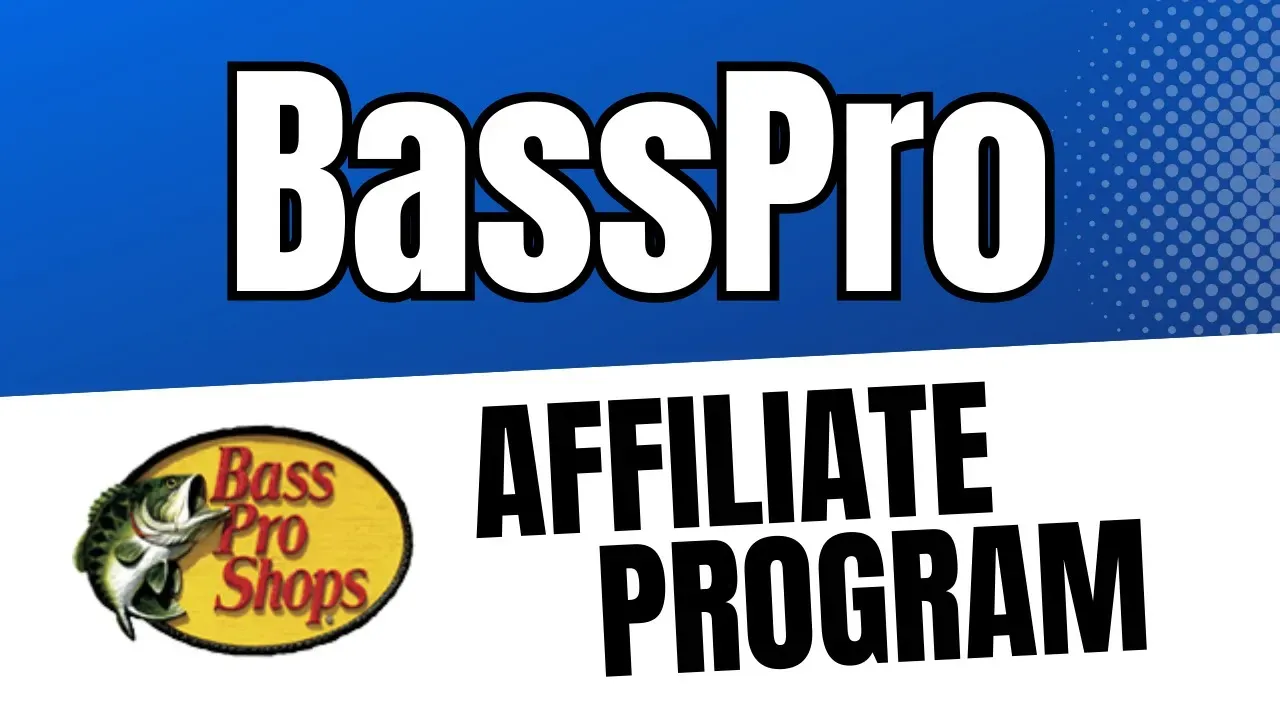What Is Affiliate Marketing? Where Do I Start?
Affiliate marketing is a way to earn money by recommending products and services to others. This isn't about getting rich quickly or making money without effort.
Instead, it requires some initial investment and commitment. Although starting with minimal equipment like a computer and microphone is possible, the essence of affiliate marketing lies in recommending quality products to a growing audience.
It's important to understand that affiliate marketing is not just about posting links.
Building an audience and offering valuable content are key aspects. Many brands participate in these programs to boost their sales. By selecting products you use and trust, and sharing your insights intelligently, you can enter the world of affiliate marketing effectively.
Key Takeaways
- Affiliate marketing requires effort and some initial investment.
- Building an audience is crucial for success.
- Recommending products you trust is essential.
Understanding Affiliate Marketing
Affiliate marketing is not a path to instant wealth. It won't generate money overnight. It's not a scheme to make passive income without effort. There's always some investment needed, either in time or money. Essential tools might include a phone, computer, or microphone for quality audio if you plan to show products.
Affiliate marketing isn't just posting links. It’s about recommending products you genuinely use and like. Think of it as a way to share your favorite items with your audience.
Key statistics to remember:
- Global affiliate marketing industry: $17 billion
- Expected growth: $30 billion by 2027
- 81% of brands use affiliate programs
Individuals looking to start should first build an audience. Platforms like YouTube are effective starting points. Only after building a steady audience should one sign up for affiliate programs, such as Amazon Associates, to get approved.
Five stages of awareness:
- Unaware: Audience doesn't know they have a problem.
- Problem aware: Audience knows their problem but not the solution.
- Solution aware: They know solutions but not specific products.
- Product aware: They know specific products.
- Most aware: They know the product's benefits.
Creating helpful content based on the audience's stage of awareness is crucial. This could be a blog, YouTube channel, or social media presence. Questions like "What is the best product?" help guide content creation.
Typical traffic sources include:
- SEO (Search Engine Optimization)
- Social Networking
- Blogging
Remember, anything you use and love can be part of an affiliate program, including most products available on Amazon.
Common Misconceptions
Affiliate Marketing is a Get-Rich-Quick Scheme
Many believe that affiliate marketing will make them wealthy overnight. This is not true. It requires time and effort to see meaningful results.
Zero Effort Leads to Passive Income
There's a misconception that you can earn passive income without putting in any effort. In reality, you have to invest time, and sometimes money, to see returns.
No Investment Needed
Starting affiliate marketing often requires a small investment. Basic equipment like a computer, phone, and microphone is necessary to create quality content.
Just Posting Links
Affiliate marketing is not just about posting affiliate links. It involves creating valuable content and building an audience that trusts your recommendations.
Quick Fix for Financial Issues
Affiliate marketing is not a quick fix for financial problems. If you need immediate funds, it is better to look for a traditional job.
Only for Tech-Savvy Individuals
Though some tech knowledge is helpful, you don't need to be extremely tech-savvy. The skills required are basic and can be learned by almost anyone.
Initial Investment Requirements
Starting with affiliate marketing does require some initial investments, primarily in terms of equipment and tools. Here are the key items you might need:
Essential Equipment
- Computer: A desktop or laptop for creating content and managing your affiliate links.
- Smartphone: Useful for recording videos or taking photos.
- Microphone: Crucial for high-quality audio, especially if you’re producing video content.
- Camera: If you plan to show your face or products in videos, a decent camera is necessary.
Budget Considerations
While it's not a zero-investment business, you can start small:
- Basic Setup: If you already own a computer and smartphone, your initial outlay might be minimal.
- Advanced Setup: Investing in a good microphone and camera can enhance your content quality and attract more followers.
Additional Costs
- Software: Video editing software, graphic design tools, and website hosting fees.
- Marketing Tools: Email marketing services, social media management tools, and SEO tools.
Time Investment
- Learning Curve: Be prepared to invest time in learning the basics of affiliate marketing and the tools you'll use.
- Content Creation: Regularly producing helpful content to build and maintain your audience.
Potential Earnings
While initial spending is required, consistent effort and strategic investments can lead to significant returns in the long run.
Starting affiliate marketing is not a get-rich-quick scheme—it demands both time and financial commitment but promises rewarding outcomes with dedication and perseverance.
The Essence of Affiliate Marketing
Affiliate marketing revolves around recommending products to a targeted audience. It is not a quick way to get rich or a zero investment business. There is a need for investment in both time and some money for equipment like phones, computers, and microphones.
What Affiliate Marketing Is Not
- Not a get-rich-quick scheme: It doesn’t guarantee instant money.
- Not passive income without effort: Requires ongoing work.
- Not zero investment: Needs some investment in equipment.
- Not only for tech-savvy individuals: Requires basic understanding, but it’s accessible to many.
What Affiliate Marketing Is
- Recommending products: Suggest products you use and believe in.
- Building an audience: Gaining followers who trust your recommendations is crucial.
- Creating content: Content that solves problems related to the products.
Key Statistics
Steps to Get Started
- Build an audience: Start on platforms like YouTube.
- Recommend products: Share what you use and like.
- Join programs: Sign up for affiliate programs like Amazon Associates.
- Create content: Make helpful content that solves problems.
- Earn commissions: Get paid for the products you recommend.
Stages of Awareness
- Unaware: Audience doesn’t know a problem exists.
- Problem aware: Knows they have a problem, but not the solution.
- Solution aware: Knows solutions exist, not specific products.
- Product aware: Knows about specific products.
- Most aware: Fully understands the product and its benefits.
Examples of Affiliate Marketing Content
- How-to videos: Explain how to use products (e.g., "How to use a microphone for YouTube videos").
- Product reviews and comparisons: Compare different products and suggest the best options.
- Tutorials: Show the use of products in real-life scenarios.
Traffic Sources for Affiliate Marketing
- SEO (Search Engine Optimization): Optimize content to rank higher in search engines.
- Social Networking: Share content on platforms like Facebook, Instagram, and YouTube.
- Blogging: Write detailed posts about the products you recommend.
Affiliate marketing is about consistent effort, creating valuable content, and building a loyal audience. It’s a sustainable way to earn income while helping others find the products they need.
Steps to Get Started in Affiliate Marketing
- Build an Audience
- Start by creating a platform where you can share your content. YouTube is an excellent place to begin. Provide helpful content that solves problems for your audience.
- Recommend Products
- Use products that you enjoy and find useful in your daily life. Share your positive experiences and honest opinions about these products.
- Sign Up for Affiliate Programs
- Once you have an established audience, join affiliate programs. Amazon's Associates program is a popular option. Look for products you can genuinely recommend to your viewers.
- Create Content Regularly
- Content can be in the form of blog posts, YouTube videos, or social media posts. Answer common questions such as "What is the best [product]?" and provide valuable information.
- Use the Five Stages of Awareness
- Understand your audience's awareness of their problems and the solutions. Tailor your content to guide them from being unaware to fully aware of how a product can help them.
- Optimize for Traffic
- Utilize SEO (Search Engine Optimization) to make your content easily discoverable. Share your posts on social networking sites to increase your reach.
- Track and Adjust
- Monitor which recommendations have the highest conversions. Adjust your strategies based on what works best for your audience and what products they show interest in.
Use these steps to gradually develop a successful affiliate marketing strategy.
Importance of Building an Audience
Platform Considerations
When starting in affiliate marketing, it is essential to consider which platform to use. Different platforms have their unique advantages and can attract various types of audiences. These are some popular platforms for building an audience:
- YouTube: Great for engaging visuals and demonstrating products.
- Blogs: Ideal for detailed reviews and written content.
- Social Media: Platforms like Instagram, Facebook, and TikTok can help reach specific demographics quickly.
Choosing the right platform depends on the type of content you want to create and where your potential audience spends most of their time.
Content Creation for Audience Engagement
Creating content that engages your audience is critical for successful affiliate marketing. Here are some tips to achieve this:
- Helpful Content: Focus on solving problems or answering questions your audience may have.
- Consistent Posting: Regular updates help maintain audience interest and build trust.
- Multimedia Use: Incorporate videos, images, and text to cater to different preferences.
Here is a simple approach to creating engaging content:
Affiliate Marketing Statistics
Global Industry Value: The global affiliate marketing industry is worth over $17 billion. It's projected to grow to $30 billion by 2027.
Brand Participation: A significant 81% of brands use affiliate programs to boost brand awareness and drive sales. That's 8 out of 10 companies that have affiliate programs.
Common Platforms: One of the most popular platforms for affiliate marketing is Amazon, known for its extensive affiliate program.
Key Facts
- Revenue Contribution: Affiliate marketing contributes to a large portion of online revenue, with major e-commerce platforms generating significant income through affiliates.
- Digital Marketing Influence: It plays a critical role in digital marketing strategies, as brands rely on affiliates to reach wider audiences.
Popular Traffic Sources:
- SEO (Search Engine Optimization): Effective for driving organic traffic to affiliate links.
- Social Networking: Sharing recommendations and how-to videos on social media platforms.
- Blogging: Writing detailed product reviews and recommendations on blogs to attract potential buyers.
Key Takeaway: Affiliate marketing is a growing industry with a significant impact on both brands and marketers. Understanding its statistics helps in leveraging its potential effectively.
Exploring Affiliate Programs
Here's a closer look at how affiliate programs work and their benefits for both marketers and brands.
Popularity and Growth
Affiliate marketing is a booming industry. It’s estimated to be worth over $17 billion globally and is expected to reach $30 billion by 2027. This indicates a strong and growing market for new affiliates to tap into.
Brand Involvement
A notable statistic from Authority Hacker: 81% of brands use affiliate programs to boost brand awareness and drive sales. This means that the majority of companies offering products have affiliate programs available.
Starting Points
To get started in affiliate marketing:
- Build an Audience: Create a blog, YouTube channel, or social media presence.
- Recommend Products: Share products you actually use and like.
- Sign Up for Programs: Once you have an audience, join affiliate programs such as Amazon Associates.
Content Creation
Useful content is key in affiliate marketing. For example:
- How-To Videos: Teach how to use products.
- Product Reviews: Offer honest feedback on items.
- Comparison Posts: Compare similar products to help users make decisions.
The Marketing Strategy
Eugene Schwartz’s Five Stages of Awareness help understand how people discover products:
- Unaware: The audience doesn’t know they have a problem.
- Problem Aware: They know they have a problem but don’t know the solution.
- Solution Aware: They know the solution but not a specific product.
- Product Aware: They know the product but not its benefits.
- Most Aware: They are fully aware and ready to buy.
Examples of Content
Questions like “What is the best funnel builder?” or “How to use an iPhone?” are common queries. Creating content that answers these questions positions you as a helpful resource and encourages people to use your affiliate links.
Traffic Sources
Key methods to drive traffic to your content include:
- SEO: Optimize content for search engines.
- Social Networking: Share content on social media platforms.
- Blogging: Write informative blog posts that include affiliate links.
By focusing on these aspects, you can effectively utilize affiliate programs to generate income.
The Amazon Associates Program
The Amazon Associates Program is one of the most well-known affiliate marketing programs available. This program allows individuals to earn commissions by recommending products available on Amazon. Here’s a straightforward process for how it works:
- Build an Audience: Before joining the program, it’s essential to create a following. This can be done through platforms like YouTube, blogs, social media, or other content channels. Focus on creating helpful content that solves problems and appeals to your audience.
- Sign Up: Once you have an audience, you can apply for the Amazon Associates Program. Approval is based on the quality of your content and the engagement of your audience.
- Recommend Products: After being accepted, you can start promoting products that you genuinely use and believe in. Create content that integrates these products naturally, such as reviews, tutorials, or demonstrations.
- Earn Commissions: Each time someone purchases a product through your affiliate links, you earn a commission. The percentage varies based on the product category.
Example Workflow
- Create Content:
- Write a blog post about the best tech gadgets for students.
- Produce a YouTube video showcasing top kitchen essentials.
- Add Affiliate Links:
- Include Amazon affiliate links within your content.
- Ensure the links are relevant and add value to the content.
- Drive Traffic:
- Share your content on social media platforms, forums, and other relevant channels.
- Engage with your audience and encourage them to check out the products you recommend.
Tips for Success
- Focus on Quality: High-quality content that provides real value will keep your audience engaged.
- Be Transparent: Let your audience know that you will earn a commission if they purchase through your links.
- Choose Wisely: Recommend products that you personally use or trust. Authenticity is key to building trust with your audience.
By following these steps, you can effectively leverage the Amazon Associates Program to earn commissions and provide value to your audience.
Strategies for Affiliate Marketing
Build an Audience
Before joining any affiliate program, it's crucial to build an audience. Creating content in places like YouTube, blogs, or social media can help attract followers interested in recommendations.
Product Recommendations
Start with products you use and enjoy. Sharing these recommendations authentically can build trust with your audience.
Content Creation
Produce helpful content that solves problems. Examples include:
- Tutorial videos
- Product reviews
- How-to guides
Stages of Awareness
Understanding your audience's awareness stage can boost your marketing efforts:
- Unaware: Audience doesn't know about the problem.
- Problem-Aware: Knows the problem, unaware of solutions.
- Solution-Aware: Knows solutions but unsure of specific products.
- Product-Aware: Knows the products but needs validation.
- Most Aware: Fully aware and just needs incentives like discounts.
Marketing Channels
Utilize various channels to share your content:
- Blogs
- Social Media
- YouTube
Commissions and Earnings
Sign up for affiliate programs, such as Amazon Associates, after building an audience. Adding affiliate links to your content can turn recommendations into earnings.
Understanding the Five Stages of Awareness
Unaware
At this stage, the audience doesn't know they have a problem. They are completely unaware of the need for a product or solution. This is where content creators need to highlight common issues their audience might face, bringing these problems to their attention.
Problem Aware
Here, the audience recognizes they have a problem but doesn't know how to solve it. It's essential to create content that outlines the problem clearly and positions the products as potential solutions. This stage is about educating the audience on what could be causing their issues.
Solution Aware
The audience knows there are solutions available for their problems but isn't aware of specific products or services. In this stage, content should focus on different ways to resolve the problem, introducing various products or methods without pushing any particular one aggressively.
Most Aware
At this stage, the audience is fully aware of the product and its benefits. They understand how it can specifically help them. Here, providing bonuses, discounts, or additional value can help encourage them to make a purchase. Content at this stage should aim to convert interest into action by demonstrating the value and benefits of the product.
Content Creation for Affiliate Marketing
In affiliate marketing, the creation of engaging and useful content is crucial. This content can come in many forms such as blogs, videos, or social media posts. The key is to recommend products that you genuinely use and like.
Steps to Start:
- Build an Audience: Create a presence on platforms like YouTube, Twitter, or Facebook where you can share content and attract followers.
- Create Valuable Content: Offer content that solves problems or answers questions. For example, you could create how-to videos on various topics or product reviews.
- Use Affiliate Links: Insert your affiliate links in the content you create. This could be in the description of a YouTube video, a blog post, or a social media update.
Types of Content:
- Tutorials: Explain how to use a product.
- Reviews: Offer honest opinions on products.
- Comparisons: Compare different products to help users make informed decisions.
- Listicles: Create lists such as "Top 10 gadgets for 2024."
Examples:
- A YouTube video titled "How to set up a microphone for YouTube videos."
- A blog post reviewing the best smartphones of 2024.
- A social media post comparing the features of different fitness trackers.
Marketing Insight:
- According to statistics, 81% of brands use affiliate programs to increase brand awareness and sales. This implies a vast number of opportunities for affiliate marketers to find products to promote.
Creating content that is engaging, helpful, and consistent can build trust with your audience, leading to increased clicks on your affiliate links and higher chances of earning commissions. Success in affiliate marketing lies in understanding what your audience needs and providing them with useful content that includes product recommendations.
Traffic Sources for Affiliate Marketing
SEO (Search Engine Optimization)
Utilize SEO to rank your content on search engines. Optimized blog posts and videos bring in organic traffic from people searching for related topics.
Social Networking
Leverage platforms like Facebook, Twitter, Instagram, and TikTok. Share your content and engage with your audience to drive traffic to your affiliate links.
Blogging
Start a blog focused on a niche you're passionate about. Regularly update it with helpful content, reviews, and recommendations.
YouTube
Create YouTube videos demonstrating products or explaining how to solve specific problems. Include affiliate links in the video description and pinned comments.
Email Marketing
Build an email list and send regular newsletters. Include valuable tips and affiliate product recommendations.
Forums and Communities
Engage in forums and online communities like Reddit and niche-specific groups. Share valuable insights and subtly introduce your affiliate links where relevant.
Paid Advertising
Invest in paid ads on platforms like Google AdWords, Facebook Ads, and Instagram Ads to target specific audiences and drive traffic to your content.
Summary
Affiliate marketing is about recommending products or services to an audience, not simply posting links. It requires some investment, both in terms of time and equipment, and is not a get-rich-quick scheme. Basic equipment like a computer, phone, or microphone may be needed for quality content.
Key Points
- Global Value: The global affiliate marketing industry is worth over $17 billion and is expected to grow to $30 billion by 2027.
- Brands' Usage: 81% of brands use affiliate programs to boost brand awareness and drive sales.
- Steps to Start:
- Build an Audience: Focus on building an audience on platforms like YouTube.
- Recommend Products: Identify and recommend products you use and like.
- Sign Up for Programs: Once you have an audience, sign up for relevant affiliate programs, such as Amazon's Associates Program.
- Earn Commissions: Earn from the products you recommend.
Five Stages of Awareness
- Unaware: Audience doesn't know they have a problem.
- Problem Aware: Audience knows they have a problem but not the solution.
- Solution Aware: Audience knows the solution but not the specific product.
- Product Aware: Audience knows the product but not its details and benefits.
- Most Aware: Audience fully aware of the product and its benefits.
Content Creation Tips
- Focus on creating content that answers questions or solves problems.
- Use platforms like YouTube, blogs, and social media to share your content.
- Add affiliate links in video descriptions, blog posts, or social media comments.
Global Traffic Sources for Affiliate Marketing
- SEO (Search Engine Optimization)
- Social Networking
- Blogging
Stay tuned and keep exploring the blog for more useful tips and insights on affiliate marketing.


